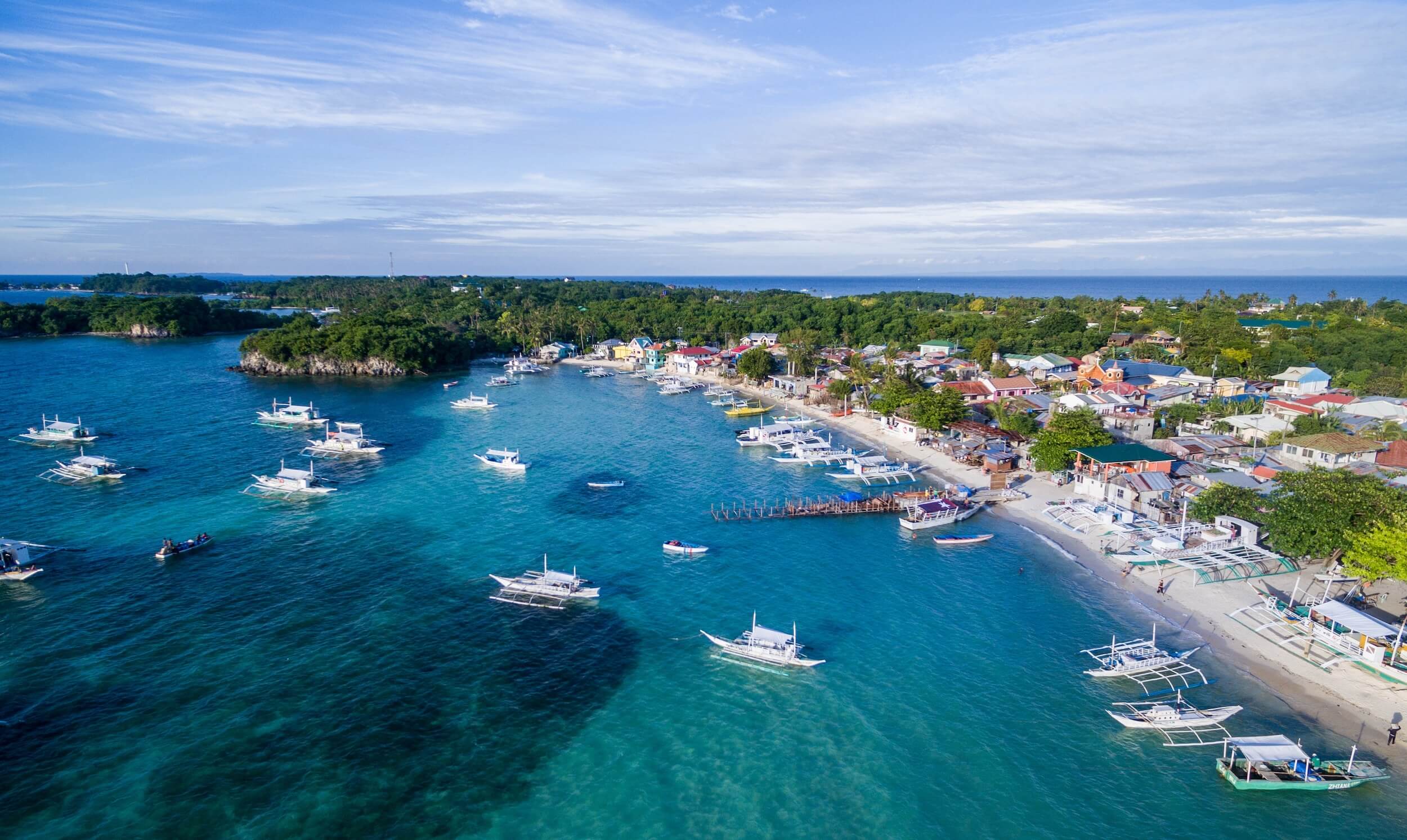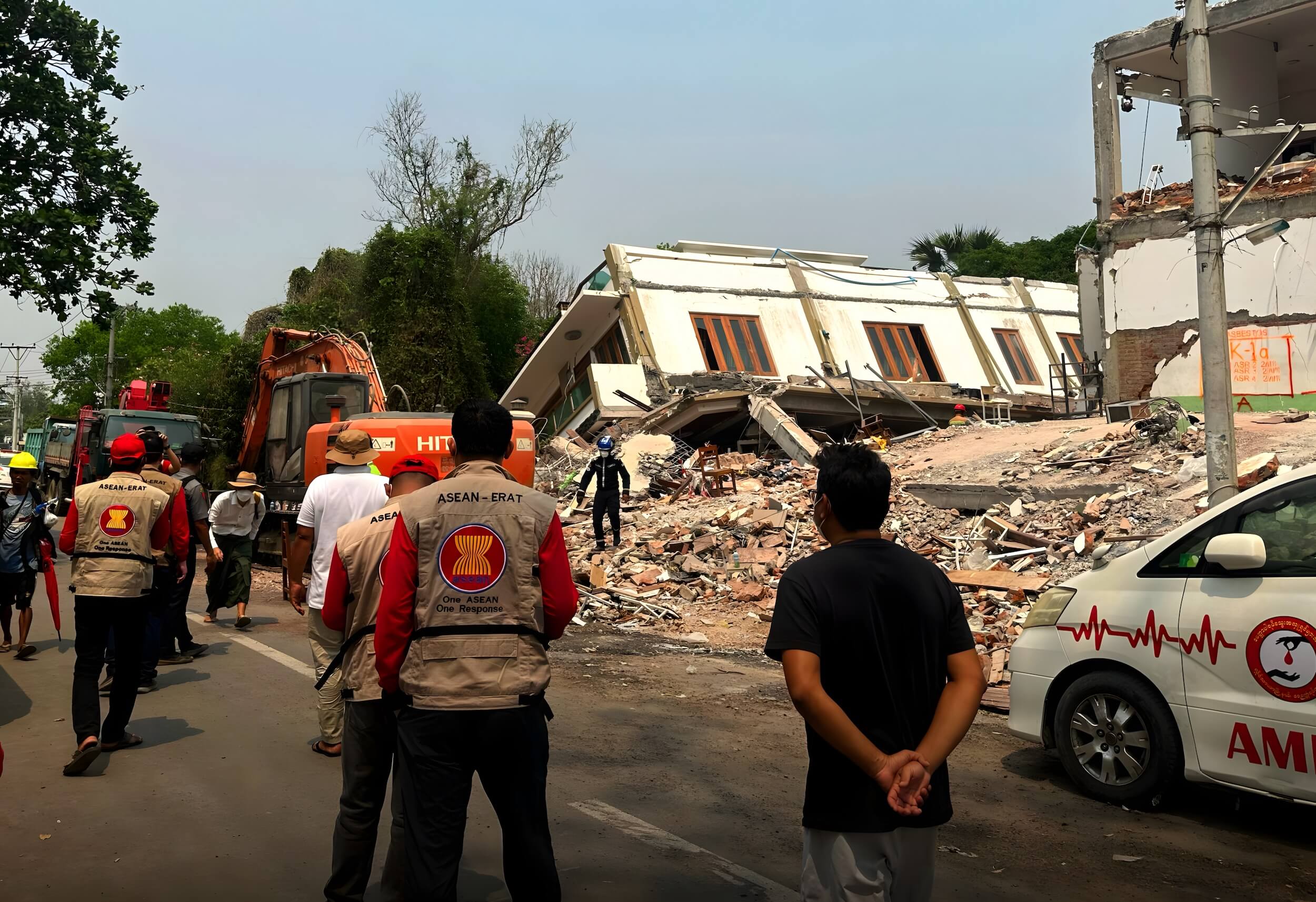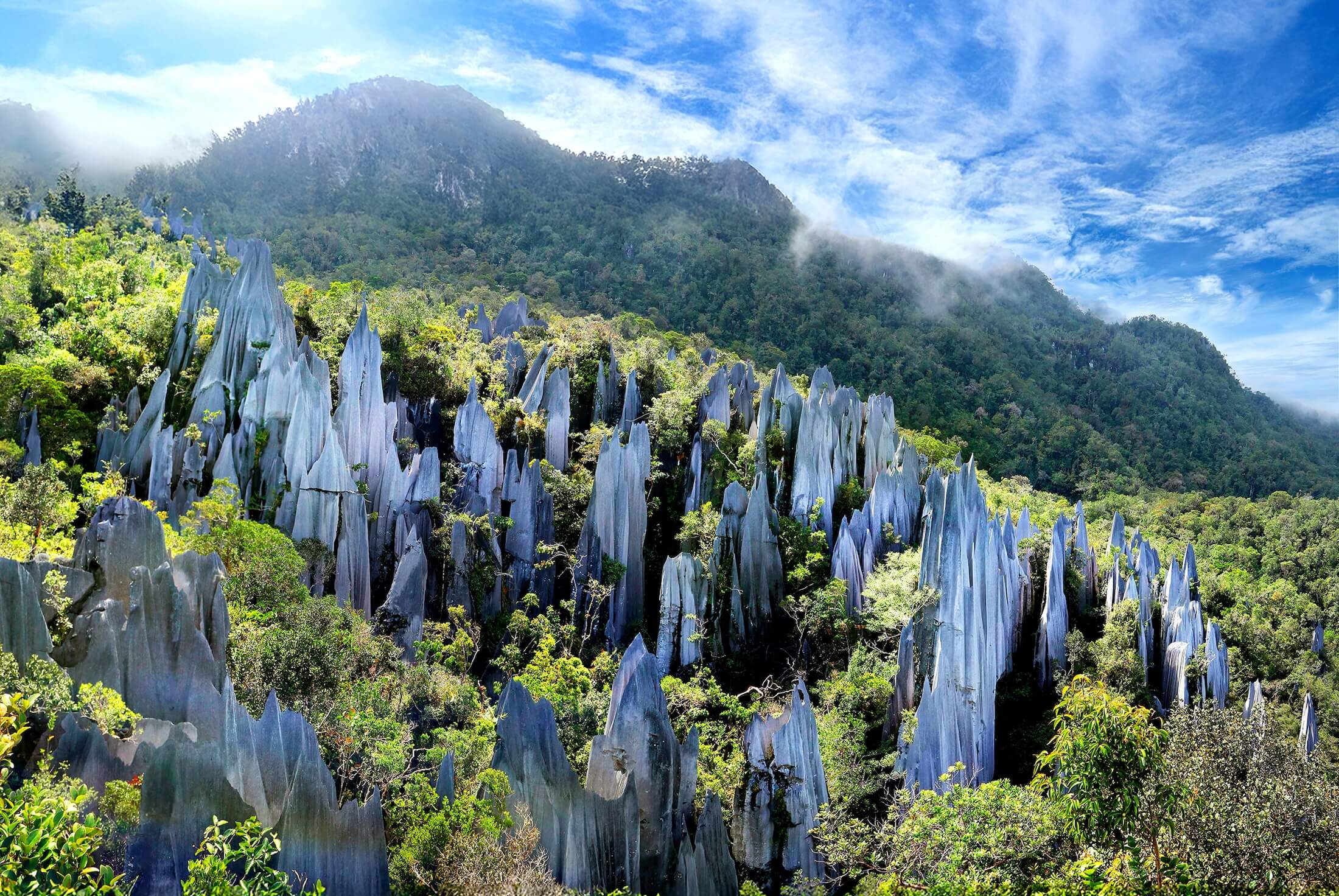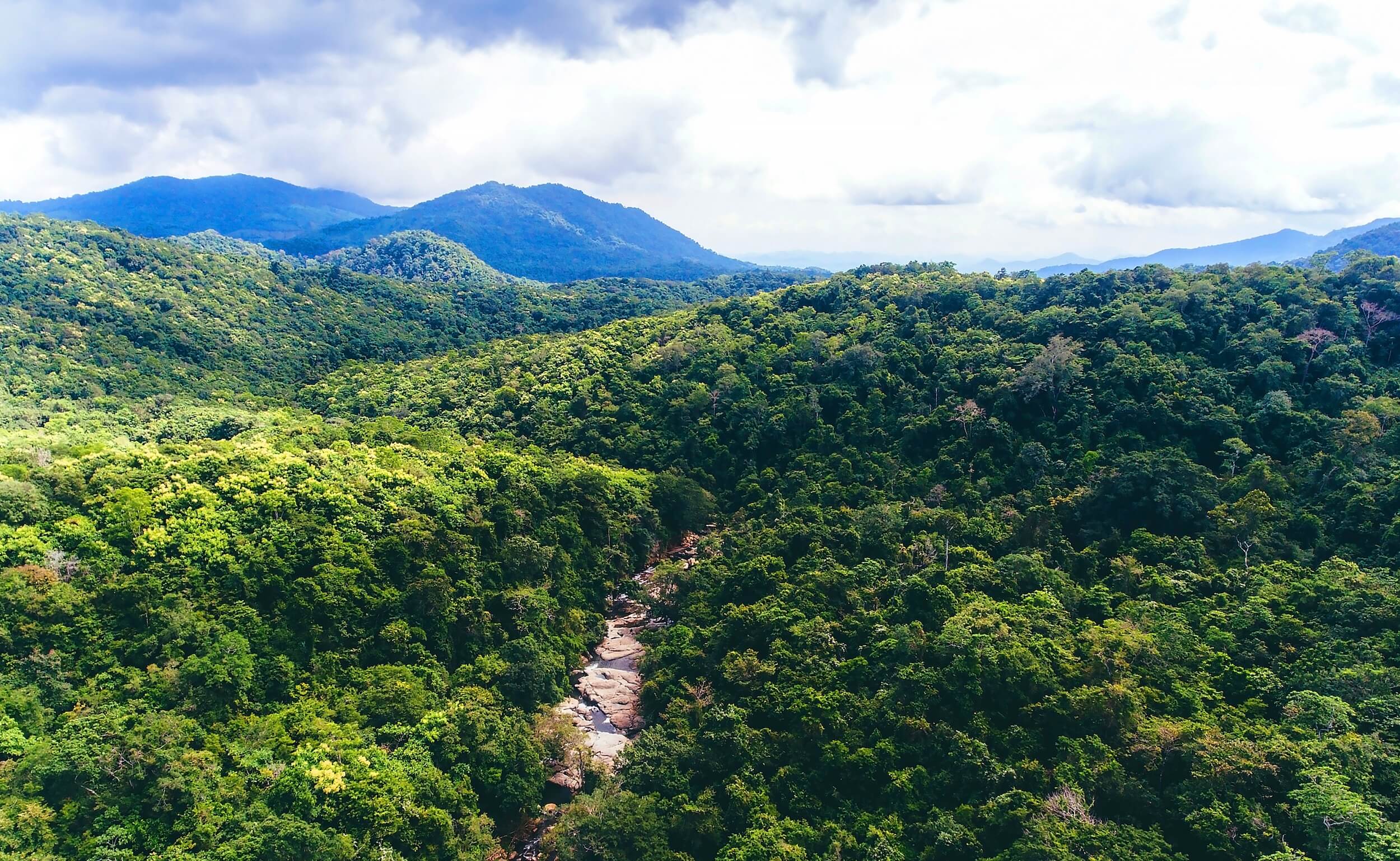



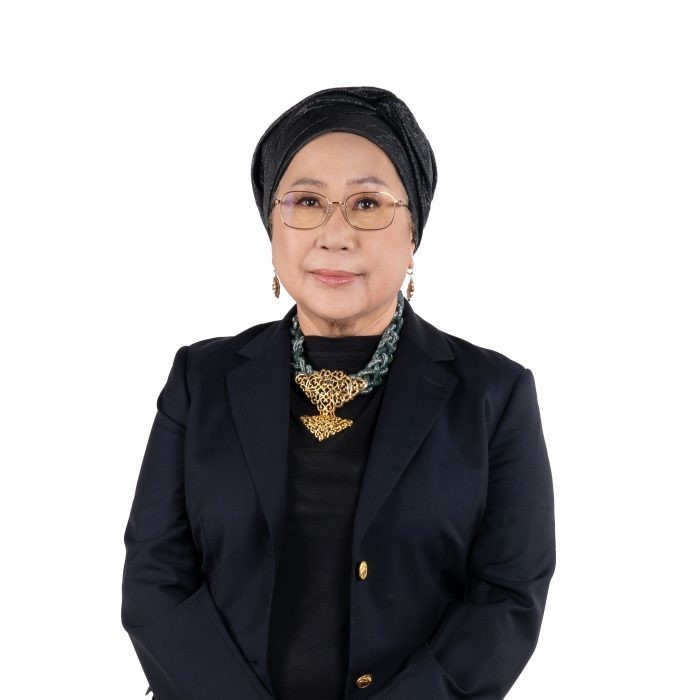
I had the honour to be invited to attend the first ASEAN Forum on Disaster Resilience, hosted by the Singapore Civil Defence Force in mid-August this year. As we emerge from the shadow of the pandemic, it felt wonderful to be able to connect with many friends that I have worked with over the years on disaster preparedness and response in our region and beyond. We’ve come a long way in the 20 years since the ASEAN Committee on Disaster Management (ACDM) was formed, in the 12 years since the ASEAN Coordinating Centre for Humanitarian Assistance on disaster management (AHA Centre) was born, and through several massive and difficult crises.
The forum took stock of all of this and started a more robust discussion on how to better insulate ourselves from future disaster threats. But, if I am honest, I came away feeling that we are barely touching the edges of what needs to be done. Any attempts we make to strengthen resilience to disasters need to start by looking at causes and effects. Burying our heads in the sand and only discussing how to protect ourselves strikes me as, quite frankly, reckless.
I did not arrive at this conclusion at this forum—it is something that struck me most acutely when I came home after almost a decade working overseas on humanitarian crises—where the same problem applied. Sticking plasters on wounds don’t work in the humanitarian world any better than they do when it comes to disaster risk management in this second decade of the 21st century, where the UN Secretary-General talks no more of global warming but rather global boiling.
Disasters are no longer singular “independent” events but instead are compounding to produce major cascading consequences to societies. The COVID-19 pandemic shows us what our future may look like if we don’t take threats to our well-being seriously. Human-led destruction of the environment through widespread deforestation, wildlife trafficking, unsustainable and unethical food production and other myopic practices is bringing humans into ever closer proximity with stressed wild animals that shed viruses, causing a zoonotic spill-over to humans, the consequent rise of infectious diseases, and the potential of such events expanding into epidemics and pandemics. An all-hazards approach towards building resilience against disasters needs to reconcile the anthropogenic (that is “human-induced”) nature of future disasters, the interconnectedness between this planet that we live on and us, and a rapid and deep rethink of disaster risk governance so that it fully recognises and addresses rising ecological threats and underlying planetary health drivers alongside the ones we immediately think of—tsunamis, volcanos, storms and earthquakes.
Rethinking our approach is most easily achieved by placing human health and planetary health at the centre of our policy deliberations; an emerging discourse named “planetary health,” which recognises that human development that disregards Earth’s limits leads to detrimental trade-offs that hinder sustainable development. It also is a primary cause of what we see now—planetary destabilisation that heralds more and larger disasters and, in the worst case, a threat to human survival. The science contends that we are now dangerously close to the “no turning back” point, and it is this contention which makes me truly alarmed that ASEAN’s otherwise excellent disaster management apparatus is dramatically underestimating what we are up against.
What we need to do is also becoming clear, but to piece it together is a challenge since the required actions are articulated across a number of globally agreed frameworks—Sendai, Paris, the SDGs. The go-manual to understand what needs to happen is the “Ten Must Haves” Report which lays out that humanity must act very quickly.
These ten “must haves” all have links to how we manage and decrease our exposure to risk. They are:
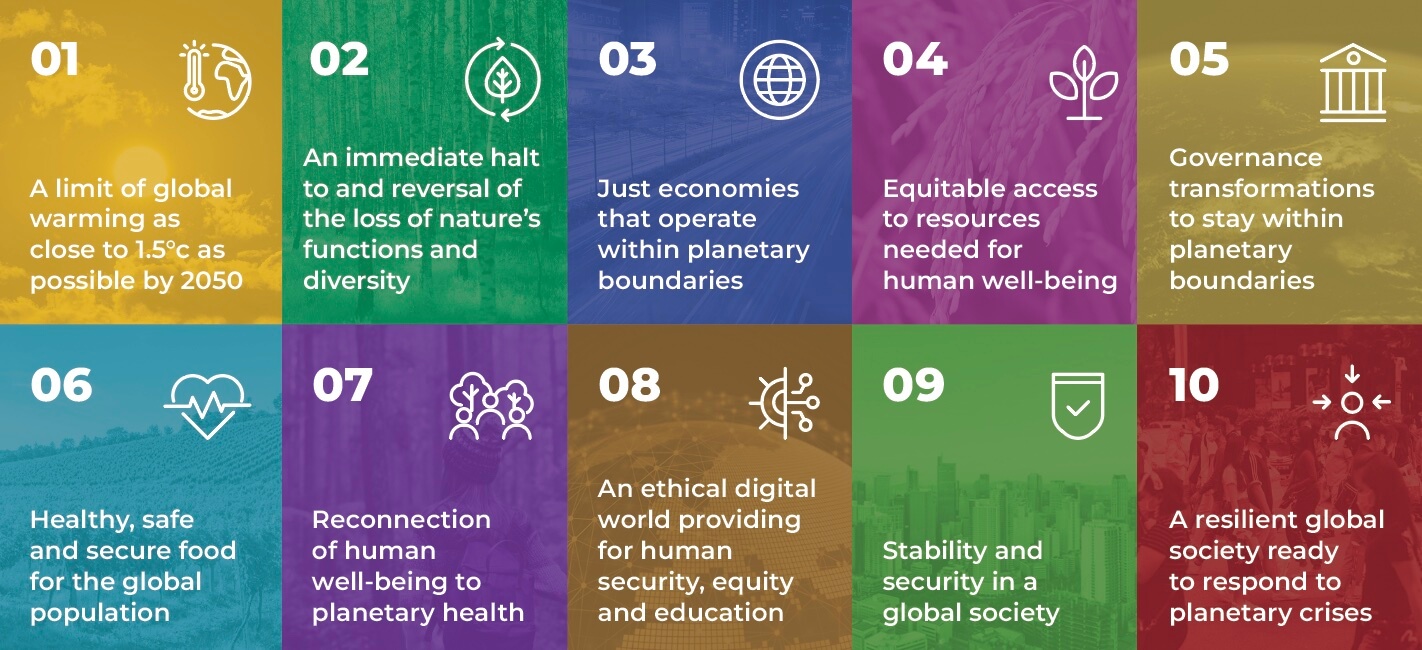
Of course, the default response to such a list is one of disbelief that we must—and can—do all of these things. But these are all commitments that have been made, either directly or implicitly through various global agreements and frameworks. As we consider the next steps for ASEAN, twenty years on from those brave steps taken by the ACDM towards the framing of the ASEAN Agreement on Disaster Management and Emergency Response and its eventual implementation, now is the moment for us to get a grip on these ten existential challenges.
Paving a planetary healthy path forward for disaster management relies heavily on political will and courage to tell our leaders that our current frameworks are not adequate to the cascading risks that are now upon us. The focus by the AHA Centre on climate change adaptation in its Work Plan 2025 combined with a focus on sustainable resilience in its upcoming ASEAN Risk Monitor and Disaster Management Review 2023 are steps in the right direction but need to be matched with more courage by our political leaders—and that will only come if we, the citizens of this region, demand it. So that is what I am doing.
As ASEAN has observed, but not yet implemented, there is a need to break down silos and move from a “need-to-know” to a “need-to-share” culture; one that promotes transparency and engages everyone. Better cross-sectoral collaboration, which was seen as a key priority coming out of the ASEAN Forum on Disaster Resilience, must lead to cross-societal collaboration. Humanitarian actors and the disaster management community can play a potentially significant role here: helping to steer the discourse through capturing real-world crisis response case studies with a focus on trust built between communities in the heat of these crises.
With many Southeast Asian countries at the centre of this climate and humanitarian hotspot, all eyes are on ASEAN, its leaders, institutions and, most importantly, people, to have the courage to face up to the fact that human behaviour is the main driver of present and future disaster risks. We must all play our part in building resilience to disasters and crises that are grounded in planetary health, recognising that the root drivers of disaster risk are not natural phenomena but rather how we mitigate their potential risks, prepare for them, react to them, and build back better from them. Inevitably, disrupting long-standing and deeply embedded systems and ways of doing things is difficult but not impossible. The bottom line is that there is still hope but it relies on our ability to act now. The alternative, glimpses of which we have seen in Canada, China, South Asia, and Europe this year, is very frightening.
And so my message, as we celebrate 20 years of the ACDM, is that now is NOT the time to rest on our well-earned laurels. Now is the time to sound the alarm, to engage our best policy thinkers and decide—quite rapidly—whether “One ASEAN, One Response” and our stated desire to be global leaders in disaster management means that we are willing to show the planet how to navigate our way out of this crisis, or not.
Dr Jemilah Mahmood is a physician and experienced crisis leader. She is the founder of MERCY Malaysia and has served in leadership roles internationally with the United Nations and Red Cross for the last decade. Dr. Mahmood was the recipient of the 2019 ASEAN Prize.




